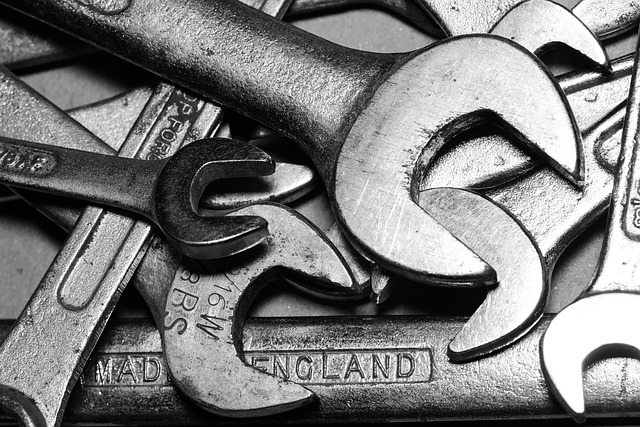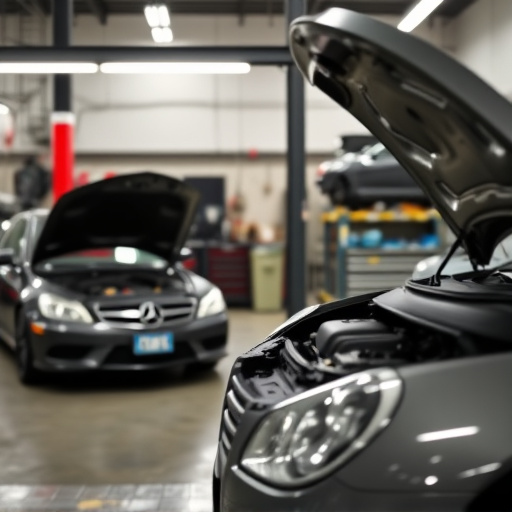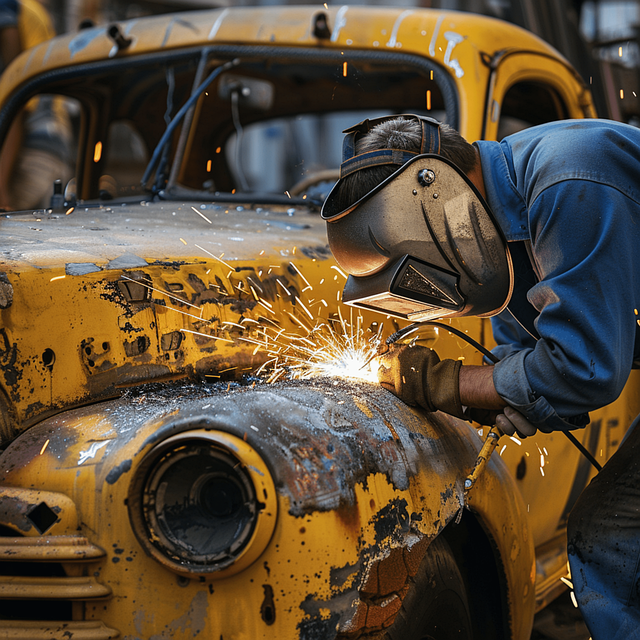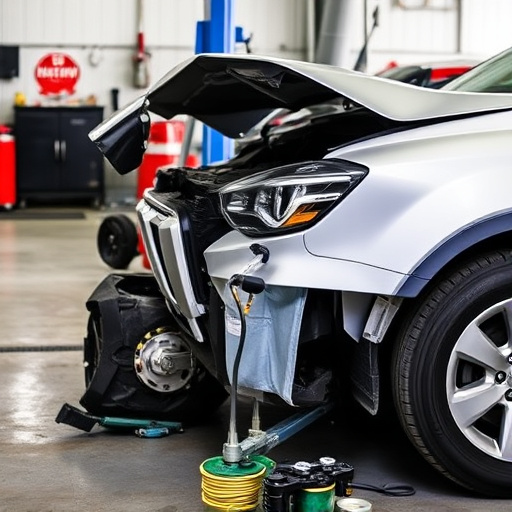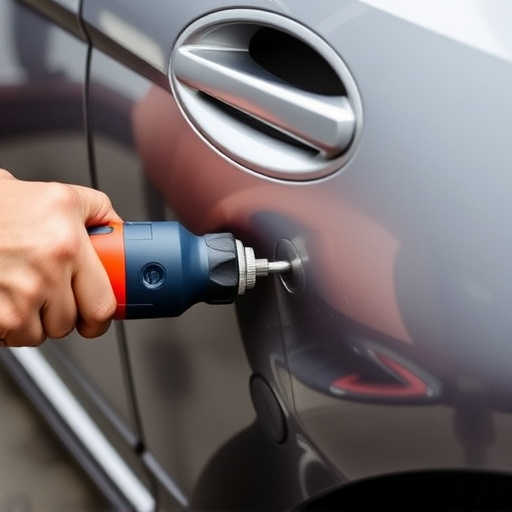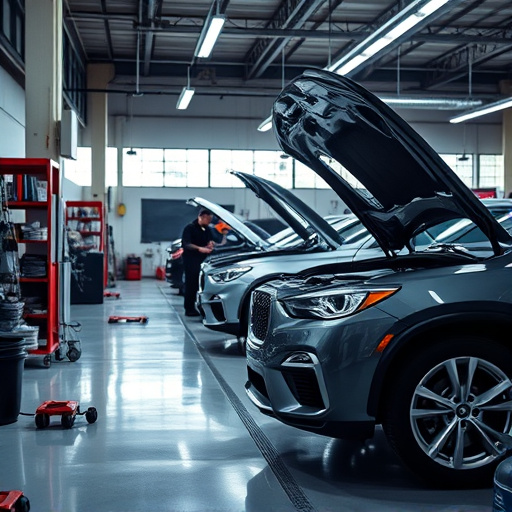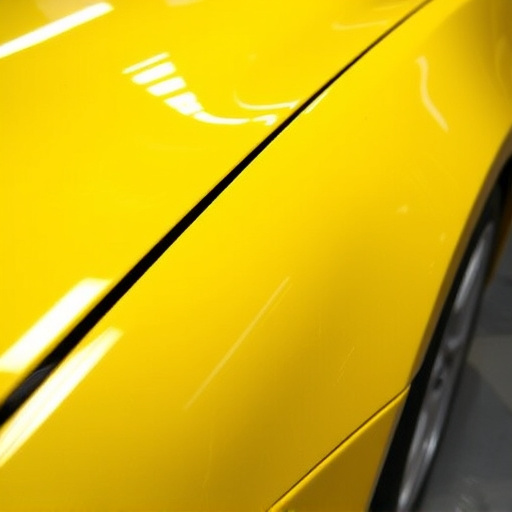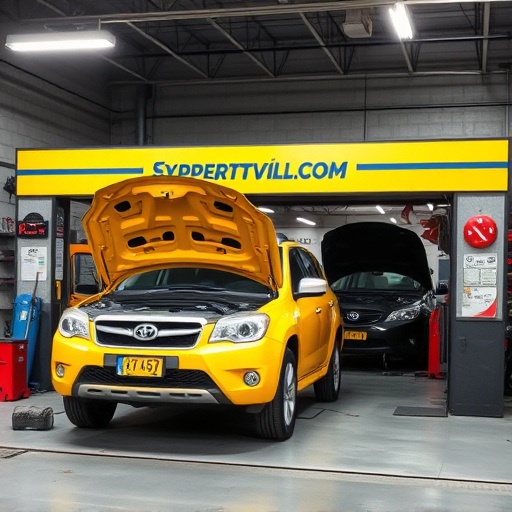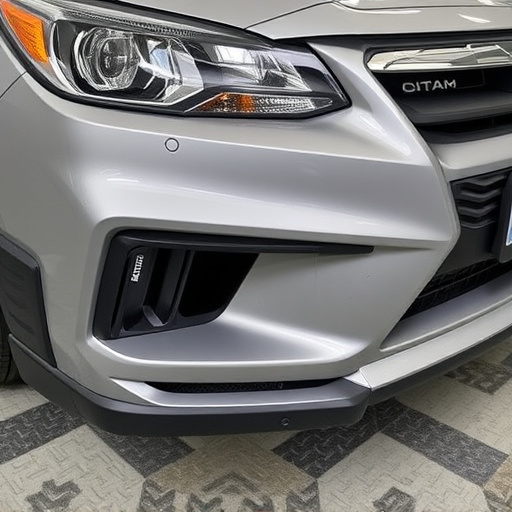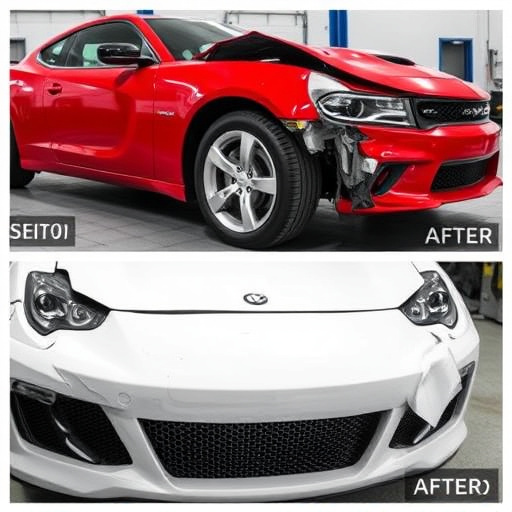Remanufactured collision parts offer a sustainable and cost-effective solution for the automotive industry, with quality and safety guaranteed by adherence to strict ISO standards. Skilled technicians perform detailed visual assessments and advanced diagnostic tests to ensure these parts meet or exceed OEM specifications, providing reliable and safe replacements in vehicle repairs.
Auto shops that specialize in remanufactured collision parts play a vital role in ensuring safety on the road. Thorough inspection is key to delivering high-quality, reliable components. This article delves into the meticulous process auto shops employ to inspect these parts, adhering to strict standards. We’ll outline the step-by-step inspection process, the tools and techniques used, and highlight the importance of each stage in validating the integrity of remanufactured collision parts.
- Understanding Remanufactured Collision Parts Standards
- The Comprehensive Inspection Process Step-by-Step
- Ensuring Quality: Tools and Techniques Utilized
Understanding Remanufactured Collision Parts Standards

Remanufactured collision parts are a crucial component in the automotive industry, offering a sustainable and cost-effective solution for both manufacturers and consumers. To ensure quality and safety, these parts must adhere to strict standards and guidelines. The International Organization for Standardization (ISO) plays a pivotal role in establishing these standards, defining the processes and criteria for remanufacturing metal components, including those from collision repairs. This involves rigorous testing and inspection protocols to verify the integrity and performance of the rebuilt parts.
In the realm of automotive repair services, especially in collision repair shops, understanding these standards is paramount. Shops must be adept at identifying genuine remanufactured collision parts, ensuring they meet or exceed original equipment manufacturer (OEM) specifications. Proper training and certification for technicians are essential to navigate the intricate processes involved in remanufacturing, allowing them to deliver high-quality autobody repairs while adhering to industry best practices.
The Comprehensive Inspection Process Step-by-Step
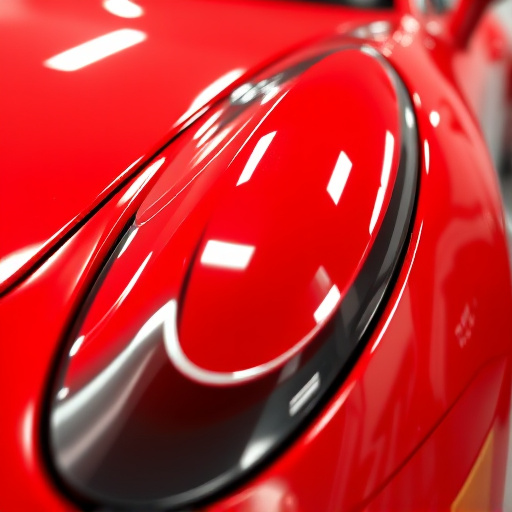
The process of inspecting remanufactured collision parts is meticulous and crucial to ensuring quality and safety in the automotive industry. It begins with a thorough visual examination, where skilled technicians scrutinize every aspect of the part, including its overall condition, signs of wear or damage, and adherence to original specifications. This initial step sets the foundation for the entire inspection process.
Subsequent checks involve advanced diagnostic tools to evaluate the part’s functionality and performance. These tests may include pressure checks, fluid analysis, and computer-aided scanning to detect any anomalies or discrepancies. For instance, in a collision repair center, technicians might use specialized equipment to assess the alignment of a remanufactured fender, ensuring it is perfectly straight and fits seamlessly with the vehicle’s contour. This comprehensive inspection guarantees that remanufactured collision parts meet the highest standards before they are installed, providing drivers with reliable and safe replacements.
Ensuring Quality: Tools and Techniques Utilized
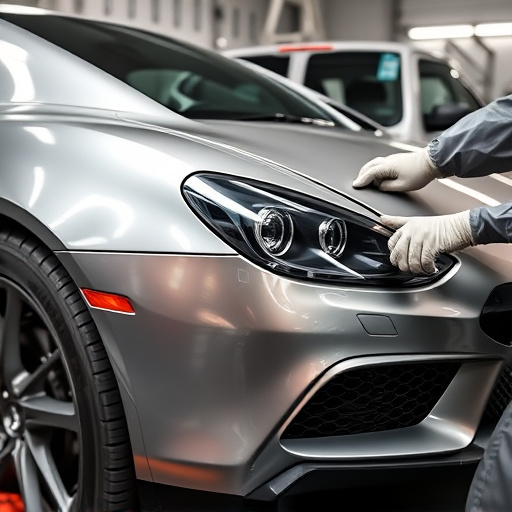
In the meticulous process of inspecting remanufactured collision parts, auto shops employ a sophisticated arsenal of tools and techniques to ensure unparalleled quality. Beyond visual inspections, advanced diagnostic scanners are used to verify the functionality and compatibility of each part, ensuring it meets the exacting standards required for vehicle restoration. These scanners can detect even subtle issues that might be invisible to the naked eye, thereby enhancing the overall reliability of the components.
Specialized tools tailored for scratch repair and car restoration further refine the inspection process. From precision measuring instruments to specialized cleaning solutions, these tools enable auto technicians to assess every minute detail of remanufactured parts. This meticulous approach ensures that every component, be it a fender or a door panel, is restored to its original condition, providing drivers with safe, durable, and aesthetically pleasing vehicle restoration outcomes.
Auto shops play a vital role in ensuring the quality of remanufactured collision parts, which are essential for safe and reliable vehicle repairs. By adhering to strict standards and employing advanced inspection techniques, these professionals meticulously scrutinize every aspect of these parts. From understanding industry regulations to utilizing specialized tools, their comprehensive inspection process guarantees that only high-quality, fully functional, and safe remanufactured collision parts reach the market. This rigorous standard of scrutiny is a testament to the importance of using top-tier components in automotive repairs.


